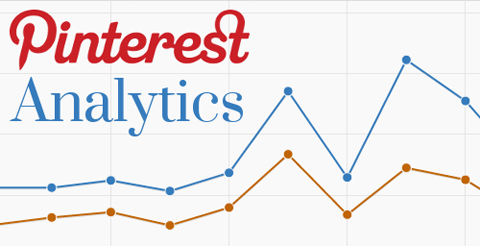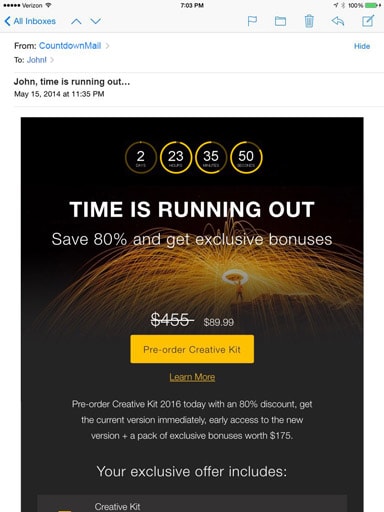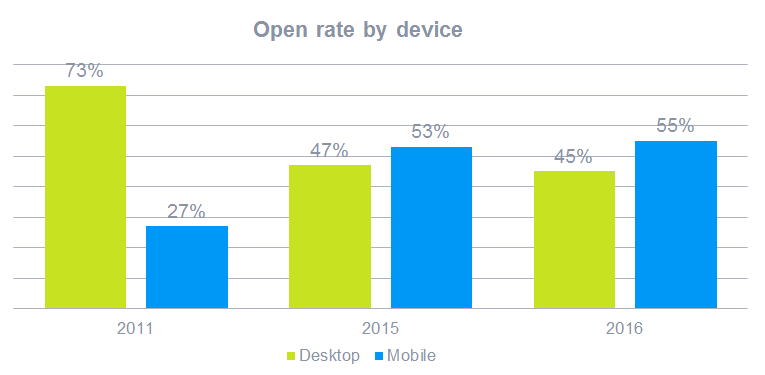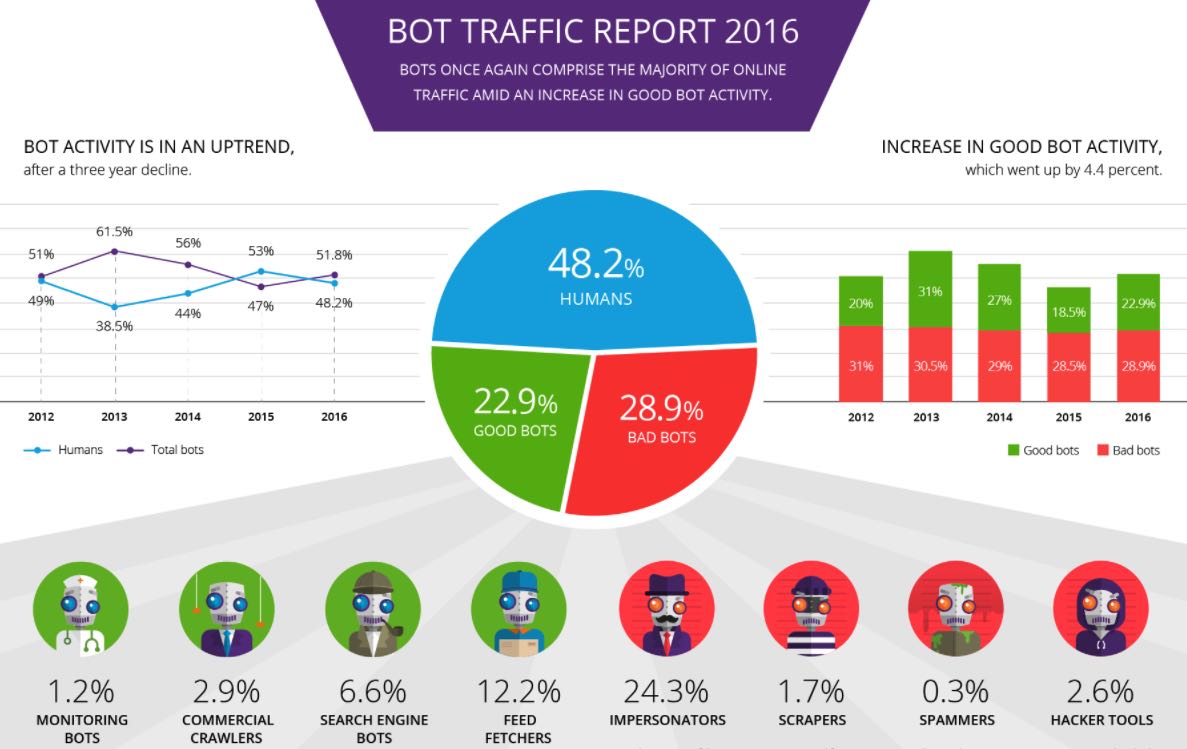Do you really know who your customers are? You might believe your product is popular among millennials when in reality your main consumers are 50-year-old housewives. Not knowing who buys your products will lead to disappointed consumers and an ineffective marketing strategy.
Unfortunately, a lot of companies do not understand what their customers want and need. In one survey, Brandshare discovered that more than half of 11,000 of respondents who took part in one brand engagement activity felt companies don’t do enough to find out about their needs.
This disconnect with consumers can have dire consequences. Another study showed that a lot of consumers have “broken up” with their favorite brand because of irrelevant or poor marketing messages. One way to avoid such a disaster is to have a buyer persona.

What is Buyer Persona?
Buyer personas are generalized, fictional representations of a brand’s ideal customers. Also known as marketing personas, they help companies understand the customer they’re trying to attract and relate to them as real people.
A buyer persona helps all aspects of your business. It is essential in developing a solid marketing strategy and coming up with relevant content. It also helps in product design and development, the follow-up of sales leads, client acquisition and retention, and improvement of customer service.
But do not think of a buyer persona as a simple profile or you’ll end up with too many personas and not enough information to devise a marketing strategy.
Why is Knowing Buyer Persona Important?
Buyer personas are important because they can help brands understand their customers and prospective clients. Once you have nailed your brand’s buyer persona, you will have crucial insights into what your customers think about your business and how they feel about conducting it with you.
These details will assist you in aligning your content, product development, messaging, and services to that of your customer’s needs and expectations. For instance, you know your target market are millennials, but what are the specific interests and requirements of your ideal customer? Are they looking for a product that will last them for years or do they expect to buy a similar item again in a few months?
However, you’ll have to develop a detailed buyer persona to really understand your customers and their needs,
How to Identify Different Types of Buyers
The strongest and most reliable buyer personas are created using a combination of market research, insight, and information gathered from your actual client base.
Here are some ways to extract this information and define your buyer’s persona.
1. Start by Asking the Right Questions
Developing an accurate buyer persona starts by asking the right questions. Coming up with relevant questions will guide you in your quest. For instance, you want to ask current and prospective clients about the features they care about, their everyday concerns and responsibilities, or the position they hold in their organization.
Use surveys, in-person or phone interviews, or web surveys to get answers. The information you generate can then be utilized to evaluate the characteristics and traits of particular markets and buyers that you have successfully closed deals with. By identifying common elements, you can start plotting out possible buyer personas.
2. Utilize Site Analytics
Make good use of analytic tools like Google Analytics to generate data. Your site’s analytics will show you the search words visitors used to discover your site, where they came from, and how long they were on your web page. This data can be used to create good buyer personas as it shows the keywords that led prospects to your site and the platforms and devices they used. You can then harness this information to plot your marketing plan more strategically.
3. Expand Your Research
Developing your buyer persona would sometimes require you to go beyond what information sales and marketing experts can supply. You might have to expand your research and look into other areas. For instance, you can check the LinkedIn profile of a previous customer or the company website of a recent associate. A social network profile will give you information about a person’s career background and skill set while a company page can tell you about the business’ size, values, and motivators.
4. Focus on Creating an Ideal Primary Persona
When it comes to buyer persona development, the best practice is to limit it to four main personas at most. Think of these primary personas as the clients responsible for starting or approving a purchase. They are your point of contact during the entire sales process.
5. Develop a Persona Template
Once data has been collated, analytics checked, and insights gained, it’s time to develop a buyer persona template. Make sure that your template has a persona name, job title, demographics, goals and values, proposed pitch and marketing message. Try to bring your persona to life as it will help humanize your marketing and sales efforts.
Buyer personas are a critical tool that companies should take advantage of. They can give brands insights into how to improve user experience, develop compelling copy, or come up with good pricing models.
[Featured image via Pixabay]

















































 uninterrupted audience attention in that amount of time?
uninterrupted audience attention in that amount of time?
 bandwagon with its Siri speaker due to be released soon. This is why businesses should include voice search in their online marketing campaign, rather than focus solely on text-based searches.
bandwagon with its Siri speaker due to be released soon. This is why businesses should include voice search in their online marketing campaign, rather than focus solely on text-based searches.
 internet users to skip one step. Instead of searching for “pulled pork sandwiches,” they can just go ahead and order the food from the best restaurant based on customer and critic reviews.
internet users to skip one step. Instead of searching for “pulled pork sandwiches,” they can just go ahead and order the food from the best restaurant based on customer and critic reviews.


 can help drive traffic to your website.
can help drive traffic to your website.
